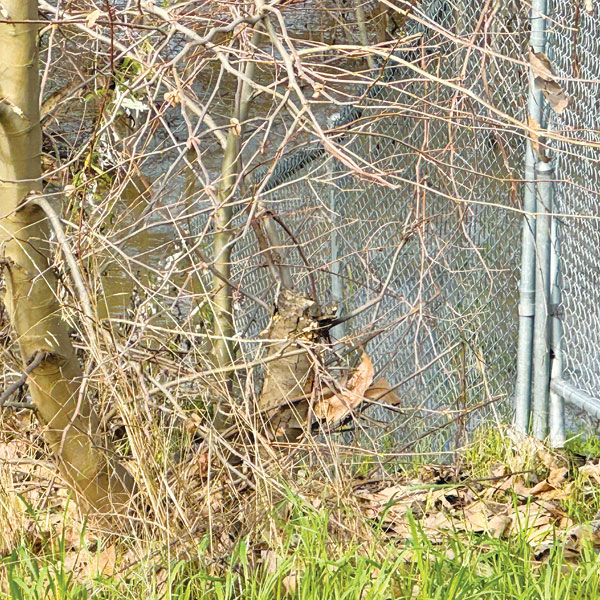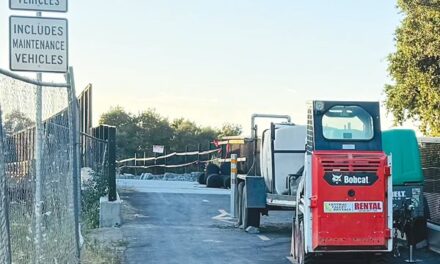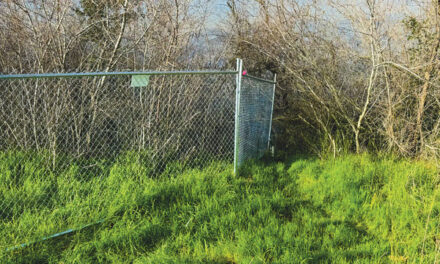There’s one nugget of good news buried in the budget debacle at City Hall. The $66 million deficit has zero impact on finishing the Sacramento River Parkway bike trail.
While City Council members scramble to produce a balanced budget, vacuuming dimes and quarters from under sofas, money for the levee trail is beyond their reach.
Funds for engineering, environmental analysis, easement acquisition and construction are locked down, under contract or spent. Levee trail dollars are secure. This means the parkway project sails forward, a half-century after it was promised to the community.

“All of the money that’s already there is parked,” project consultant Noah Painter says.
Thankfully, most of the money doesn’t come from the city’s general fund. It comes from grants from the Sacramento Area Council of Governments.
The area council is a joint-powers agency that promotes equitable, climate-conscious transit options, among other things.
The levee trail is a textbook climate-positive equity project. The pathway eliminates a bike trail gap in Pocket from Zacharias Park to Garcia Bend Park.
It’s a unity trail, letting Meadowview residents connect to Downtown on the river through Bill Conlin Youth Sports Complex.
But this accessible levee bike trail infuriates a group of about 70 residents near the river.
They want the levee for themselves, not outsiders from Meadowview or elsewhere.
Property owners near the levee are trying to delay the trail, targeted to open next year.
Even now, they pressure officials at the state Central Valley Flood Protection Board to fence off the levee from public access. They whine to city officials about security and privacy.
Their latest delaying tactics fall into three categories. First, residents near the levee rejected the city’s cash offers for theoretical “recreational” easements atop the levee.
The levee is owned by the state. But some property owners claim they hold “recreational” easement rights along the bike path. Rather than argue, city officials offered to buy tiny right-of-ways. Most property owners refused.
Next, the property owners applied to the flood board for new fence permits to block public access.
Old fences were removed by the U.S. Army Corps of Engineers during levee repairs. Nearby residents were paid thousands of dollars for encroachment removals, even when their gates, fences, staircases and retaining walls were illegal.
After cashing the checks, a few residents turned around and threatened to sue the flood board, claiming the state stole their property by allowing access on the levee.
Accepting money for property then claiming it was stolen is a novel strategy. Flood board Executive Officer Chris Lief fell for it.
Lief authorized several new temporary fences. His actions apparently broke state law. Lief insists the fences are “minor alterations,” and thus legal. The California Code of Regulations contradicts his position.
Fences impact levee safety and integrity. They illegally plunge into the river. They catch debris and cause erosion. Lief tells me, “We will investigate further and respond to the situation accordingly.”
When waters ran high this spring, the fences continued to collect debris and damage the levee. I sent Lief photos of levee-damaging Pocket fences. Response: “The timing and method of removal for this remnant has not yet been determined.”
Next, I expect residents near the levee to challenge the bike trail’s environmental impact report.
Protesting environmental documents is an old trick, notoriously deployed by labor unions to squeeze concessions from developers. Local authorities are ready. Frivolous objections will be swept aside.
In recent years, city officials maneuvered around bike trail opponents. The city declined to engage in debates. Authorities took the project straight to the public.
Outreach included a recent levee bike path survey. More than 900 residents responded—an impressive turnout for a questionnaire that requires 20 minutes of concentration.
Despite efforts by residents near the levee to commandeer and poison the survey, the outcome was resounding. About 90% of respondents want the bike trail built.
R.E. Graswich can be reached at regraswich@icloud.com. Follow us on Facebook and Instagram: @insidesacramento.
















